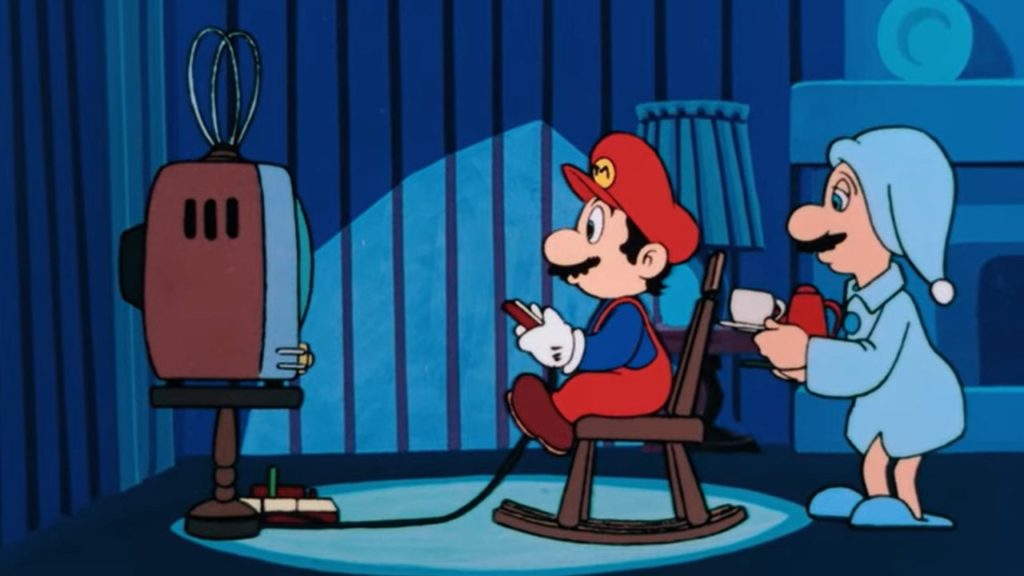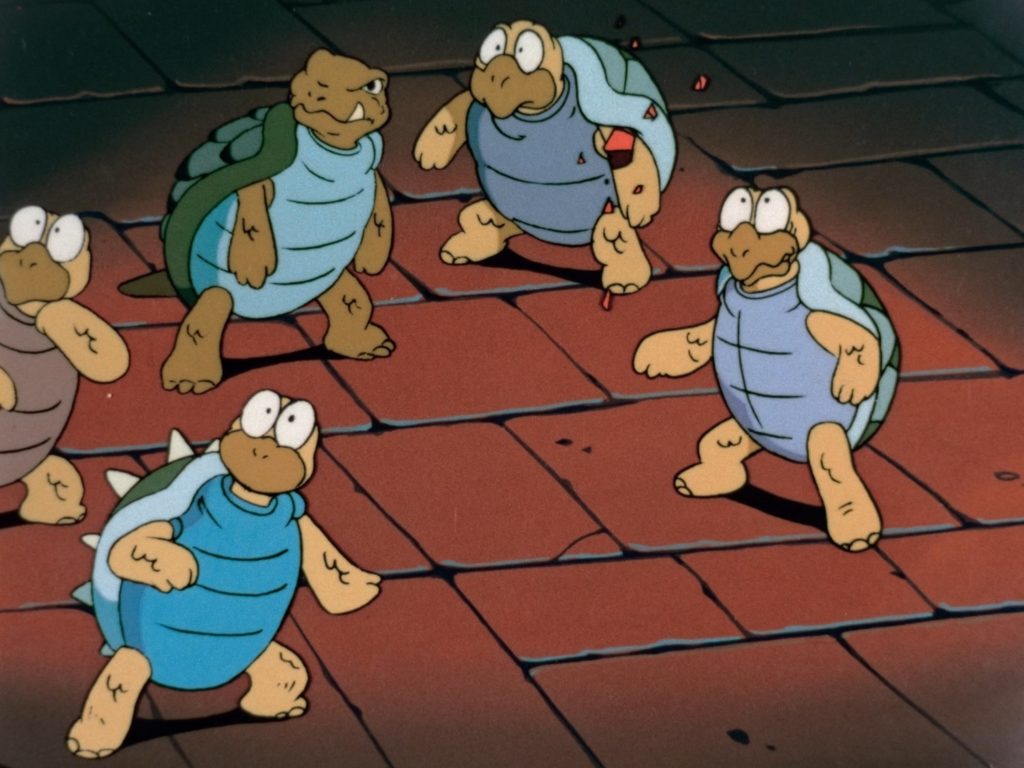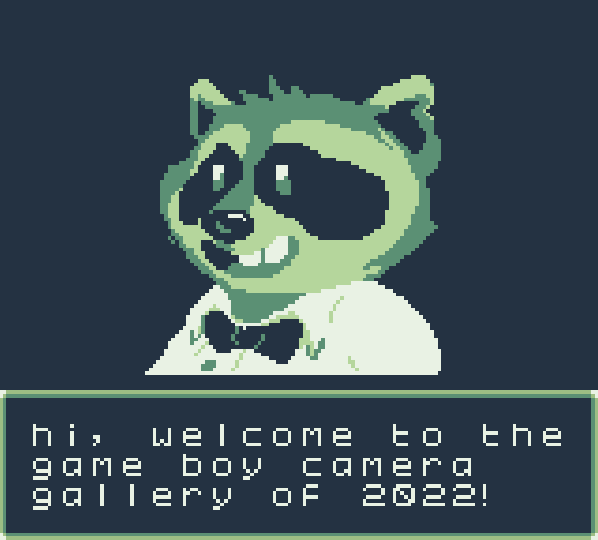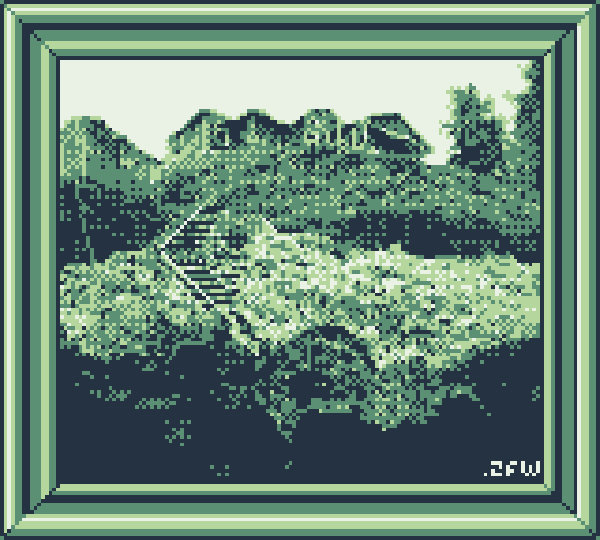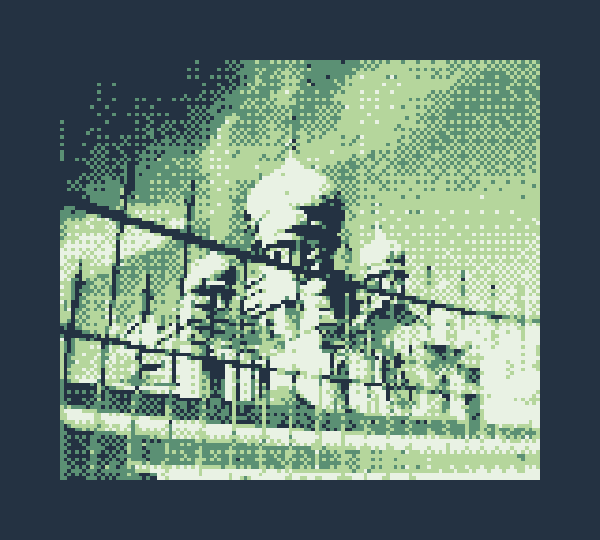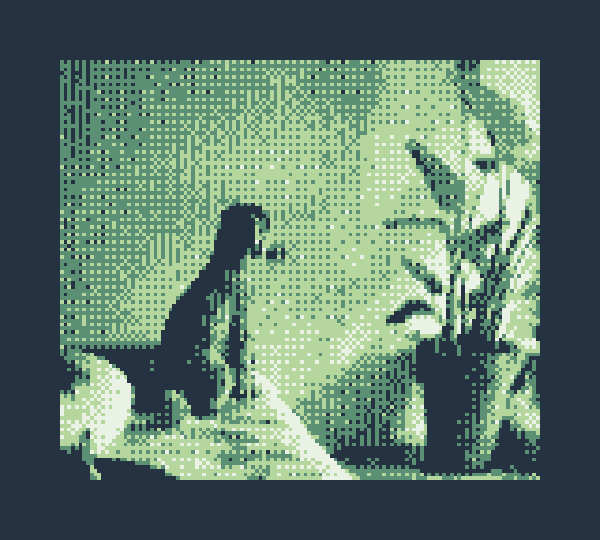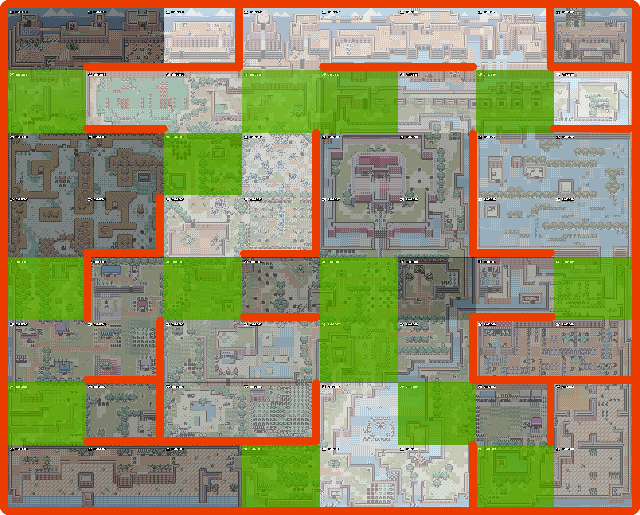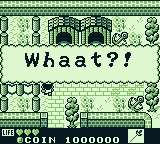
Gaming Hell is great! It’s an obscure game investigation site with some serious Oldweb power. They recently had a look at the Japanese-only Game Boy title For The Frog The Bell Tolls, known in its home territory as Kaeru No Tame Ni Kane Wa Naru, the game whose engine went on to serve as the basis for Link’s Awakening. (EDIT: As the article points out and I skipped over, and discovered after I wrote the preceding, while Kaeru no Tame Ni Kane Wa Naru has a number of aesthetic and gameplay similarities to Link’s Awakening, under the hood people note that the engine does not seem to be similar!)
There is a whole world of Nintendo games that never made it out of their home country on release, and the company only acknowledges exist in other territories with reluctance. Games like Captain Rainbow, Doshin the Giant, and Nazo No Murasame Jo. Once in while one might get a Virtual Console release, or a mention in a Smash Bros. or Nintendo Land, but other that it seems like strict radio silence.
Ant Cooke of Gaming Hell speculates on why this game didn’t make it to the US, that it has to do with some difficult to localize content. There may be something to this, but if I might offer? Kaeru No Tame Ni Kane Wa Naru also only got one rerelease in Japan. Maybe Nintendo saw its not featuring one of their large stable of marketable characters as a weak point? Likely it’s a combination of many factors that edged the game over into possibly-unprofitable territory on some obscure spreadsheet, somewhere.
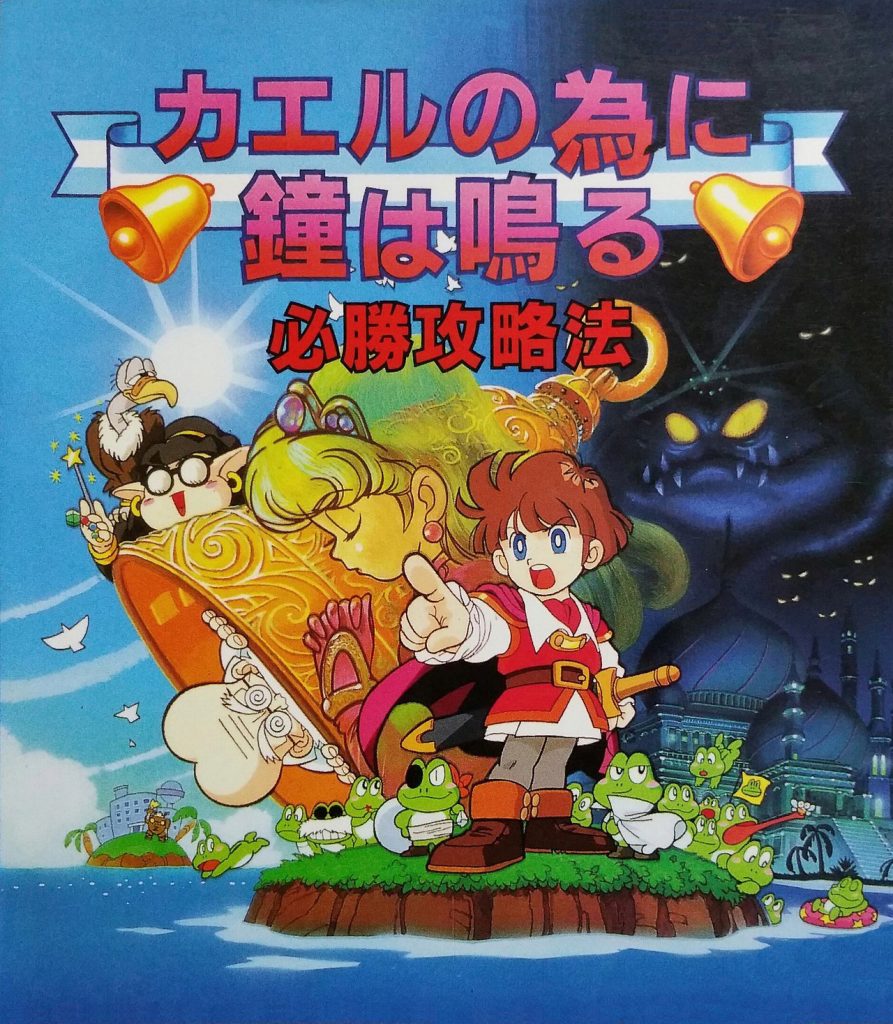
One could spend hours speculating on why Nintendo does or doesn’t do a thing. Ultimately they are a huge company, not a monolith but composed of hundreds of people, and many people could doom a project if they chose. It is a shame in For The Frog The Bell Toll’s case. It’s not just their loss, but all of ours.


